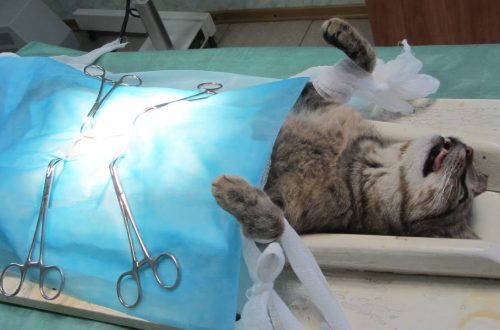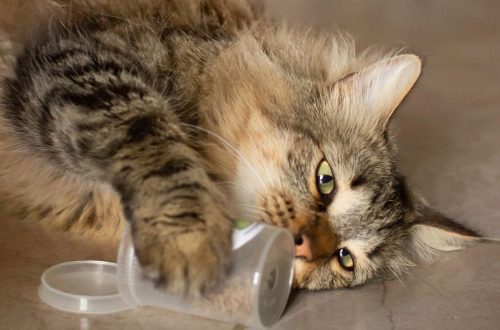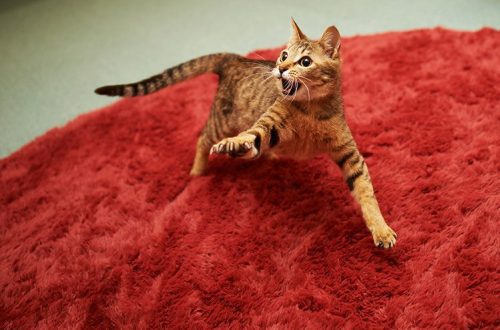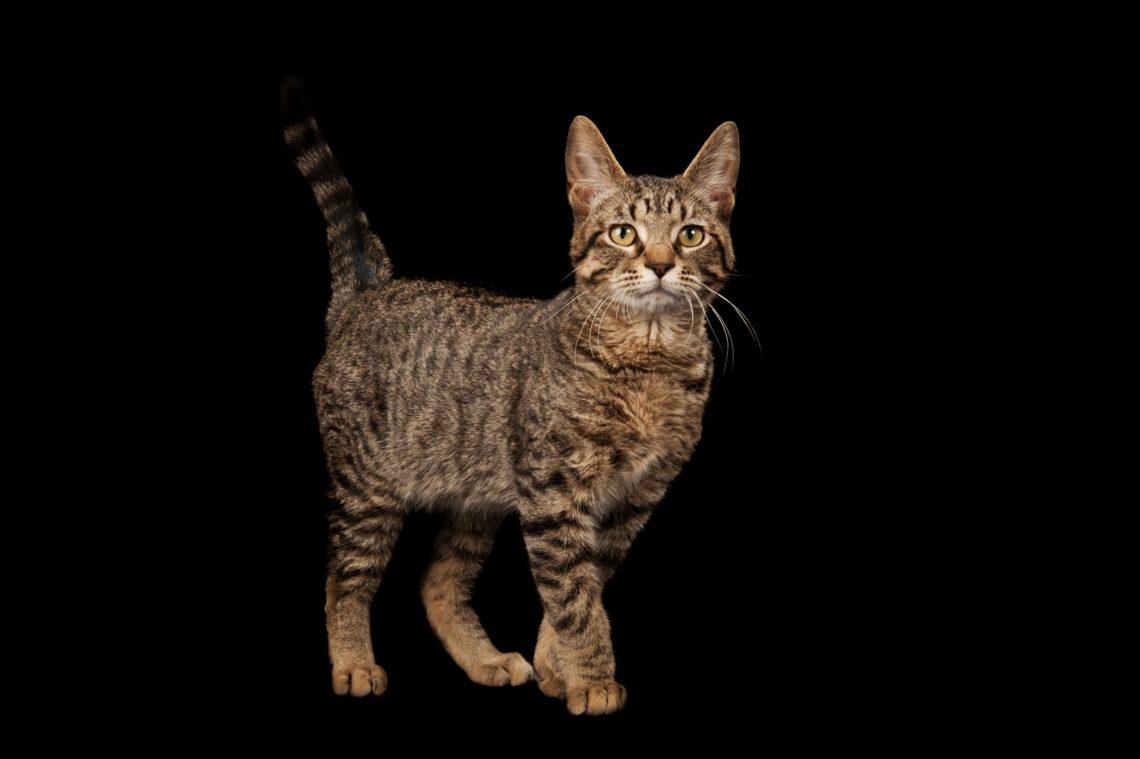
Awọn ologbo inu ile: itan-akọọlẹ ti ile
What is your cat doing now? Sleeping? Asking for food? Hunting for a toy mouse? How did cats evolve from wild animals into such connoisseurs of comfort and domestic lifestyle?
Thousands of years side by side with man
Until recently, scientists believed that the domestication of cats began nine and a half thousand years ago. However, a groundbreaking study published in the journal Science has theorized that the history and origin of cats as human friends goes back much further, some 12 years ago. After analyzing the gene set of 79 domestic cats and their wild ancestors, scientists concluded that modern cats are descended from the same species: Felis silvestris (forest cat). Their domestication took place in the Middle East in the Fertile Crescent, located along the Tigris and Euphrates rivers, which includes Iraq, Israel and Lebanon.
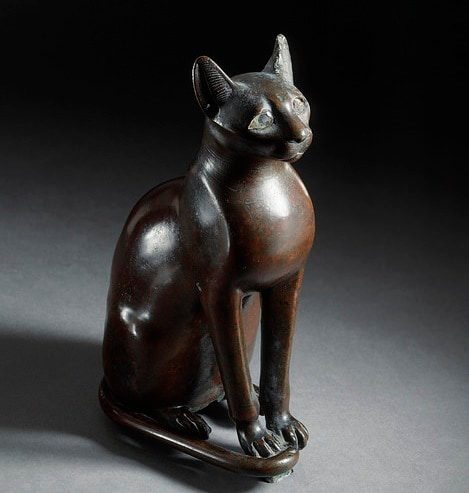
It is known that many peoples worshiped cats for thousands of years, considering them royal animals, decorating them with expensive necklaces and even mummifying them after death. The ancient Egyptians raised cats to a cult and revered them as sacred animals (the most famous cat goddess Bastet). Apparently, therefore, our fluffy beauties are waiting for us to worship completely.
According to David Zaks, writing for the Smithsonian, the importance of this revised timeline is that it highlights that cats help people almost as much time as dogs, just in a different capacity.
Still wild
As Gwynn Gilford writes in The Atlantic, cat genome expert Wes Warren explains that “cats, unlike dogs, are only half domesticated.” According to Warren, the domestication of cats began with the transition of man to an agricultural society. It was a win-win situation. Farmers needed cats to keep rodents away from barns, and cats needed a reliable source of food, such as captured rodents and treats from farmers.
It turns out, feed the cat – and he will become your friend forever?
Maybe not, Gilford says. As feline genome research confirms, one of the main differences in the domestication of dogs and cats is that the latter do not become completely dependent on humans for food. “Cats have retained the widest acoustic range of any predator, allowing them to hear the movements of their prey,” the author writes. “They have not lost the ability to see at night and digest food rich in proteins and fats.” So, despite the fact that cats prefer ready-made food presented by a person, if necessary, they can go and hunt.
Not everyone likes cats
The history of cats knows several examples of a “cool” attitude, especially in the Middle Ages. Although their outstanding hunting skills made them popular animals, some were wary of their unmistakable and silent manner of attacking the prey. Some peoples even declared cats to be “devilish” animals. And the impossibility of complete domestication also, of course, played against them.
This wary attitude towards furries continued into the era of witch-hunts in America – not the best time to be born a cat! For example, black cats were unfairly considered vicious creatures helping their owners in dark deeds. Unfortunately, this superstition still exists, but more and more people are convinced that black cats are no more terrible than their relatives of a different color. Fortunately, even in those dark times, not everyone hated these graceful animals. As noted earlier, farmers and villagers appreciated their glorious work in hunting for mice, thanks to which the stocks in the barns remained intact. And in the monasteries they were already kept as pets.
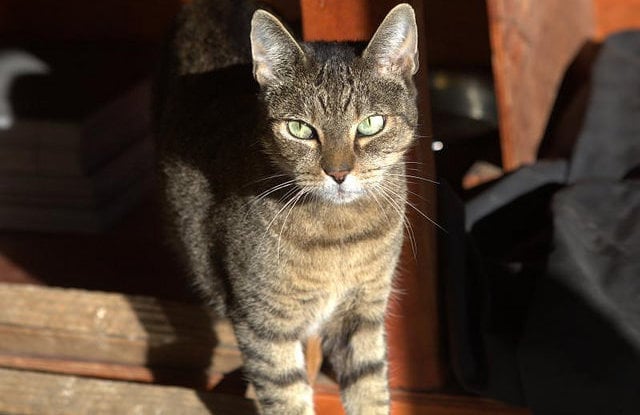 In fact, according to the BBC, most of the legendary animals lived in medieval England. A young man named Richard (Dick) Whittington came to London in search of work. He bought a cat to keep mice out of his attic room. One day, a wealthy merchant for whom Whittington worked offered his servants to earn extra money by sending some goods for sale on a ship bound for overseas countries. Whittington had nothing to give but a cat. Fortunately for him, she caught all the rats on the ship, and when the ship landed on the shores of an overseas country, her king bought Whittington’s cat for a lot of money. Despite the fact that the story about Dick Whittington has no confirmation, this cat has become the most famous in England.
In fact, according to the BBC, most of the legendary animals lived in medieval England. A young man named Richard (Dick) Whittington came to London in search of work. He bought a cat to keep mice out of his attic room. One day, a wealthy merchant for whom Whittington worked offered his servants to earn extra money by sending some goods for sale on a ship bound for overseas countries. Whittington had nothing to give but a cat. Fortunately for him, she caught all the rats on the ship, and when the ship landed on the shores of an overseas country, her king bought Whittington’s cat for a lot of money. Despite the fact that the story about Dick Whittington has no confirmation, this cat has become the most famous in England.
modern cats
World leaders with affection for cats have played their part in making these animals adored pets. Winston Churchill, British Prime Minister during World War II and animal lover, is famous for keeping pets on the country estate of Chartwell and in his official residence. In America, the first cats in the White House were Abraham Lincoln’s favorites, Tabby and Dixie. President Lincoln is said to have loved cats so much that he even picked up stray animals during his term in Washington.
Although you are unlikely to find a police cat or a rescue cat, they help modern society more than you think, mainly due to their first-class hunting instinct. Cats were even “conscripted” into the army to keep provisions from rodents and, accordingly, save soldiers from hunger and disease, according to the PetMD portal.
Reflecting on the long and rich history of cats as pets, it is impossible to answer one question: did people domesticate cats or did they choose to live with people? Both questions can be answered in the affirmative. There is a special bond between cat owners and their pets, and people who love cats happily worship their four-legged friends because the love they receive in return pays off their hard work (and perseverance).



